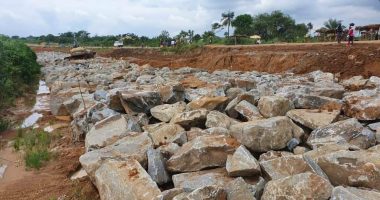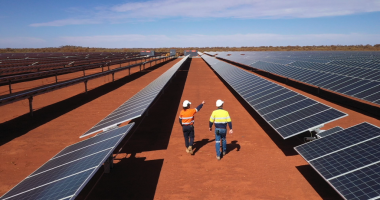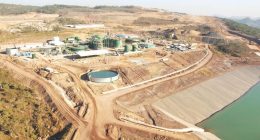For Nigeria’s mining industry to be managed and developed effectively, accurate and trustworthy data collecting is essential. But collecting data in the mining sector has always been difficult, especially since artisanal and small-scale miners (ASM), many of whom work informally, perform a large share of mining operations. It is challenging to precisely track production output, employment figures, and money creation due to this lack of official registration.
To enhance data collecting in the mining industry, the Ministry of Mines and Steel Development (MMSD) and the National Bureau of Statistics (NBS) have been collaborating. Initiatives to formalise artisanal mining operations and increase transparency have been introduced. Among these efforts is the application of geographic information.

satellite imagery and geographic information systems (GIS) to plan out mining operations, especially in isolated locations.
Compared to prior years, Nigeria’s mineral data reporting improved by 15% in 2022. There is still a lot of space for development, though. One of the main problems is that a lot of artisanal miners work without the required paperwork, which makes it difficult to record their contributions to the industry. Furthermore, production data is frequently inferred rather than precisely measured due to the lack of contemporary mining tools in many areas.
The Nigerian government is spending money on technologically advanced methods to deal with these issues. This entails bolstering the regulatory environment to promote official registration of ASM operators and utilising drones to check mining locations and enhance data accuracy. Better data collecting throughout time













